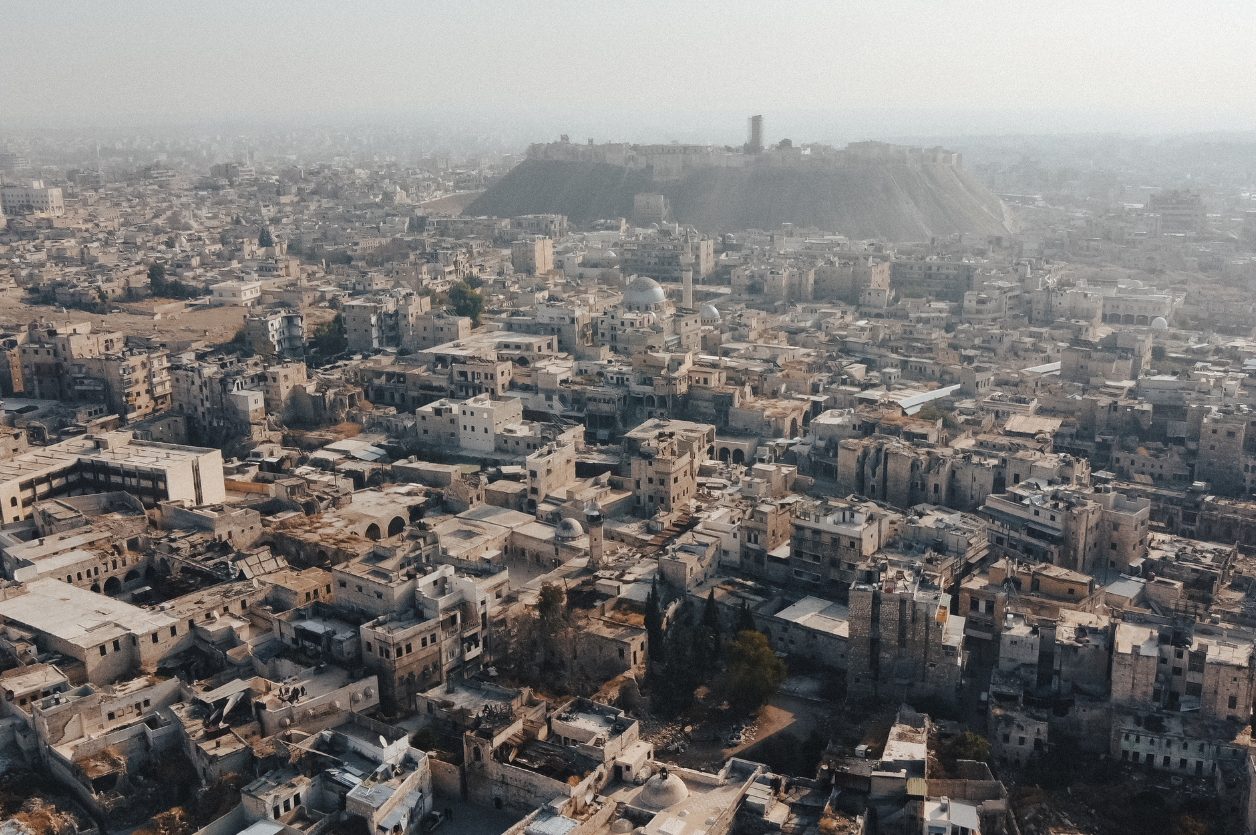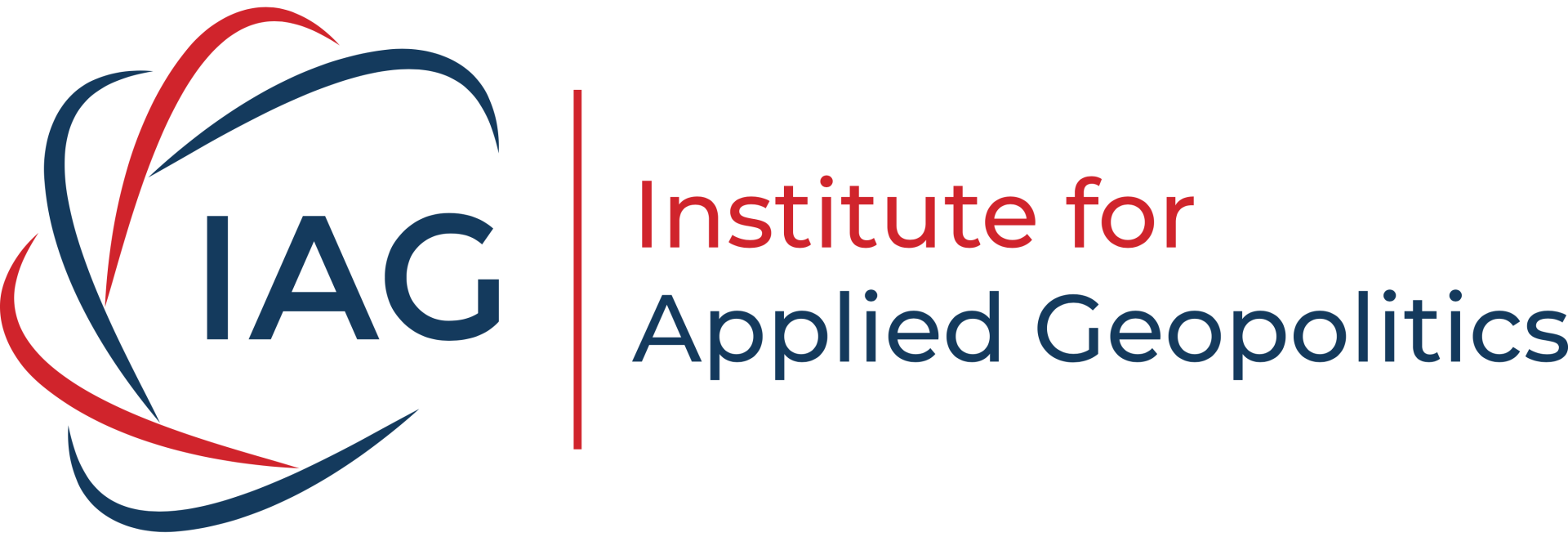Renewed Clashes in Syria Expose Fragile Post-Assad Transition and Foreign Rivalries

Photo credit: iStock.com/Mohammad Bash
Intelligence Summary
Fighting in northern Syria intensified in early October 2025, as clashes between the Syrian Army and the Kurdish-led Syrian Democratic Forces (SDF) broke out in Aleppo city and surrounding areas. Fighting erupted in the Sheikh Maqsoud and al-Ashrafieh neighborhoods of Aleppo after Syrian security forces attempted to enter Kurdish-held districts, prompting the SDF to mobilize defensive positions with mortar fire and snipers. The Syrian Ministry of Defence stated that its troop movements were part of a planned redeployment rather than an offensive, while SDF spokesperson Farhad Shami denied that Kurdish forces had attacked government checkpoints, accusing Damascus of violating a local ceasefire and maintaining a siege on Kurdish areas.
The clashes resulted in at least one Syrian security officer killed and several others injured, along with civilian casualties. Reports indicate communications in the affected districts were cut when the army surrounded them with reinforcements. A ceasefire agreement was reached in the two districts, temporarily halting hostilities.
The violence coincided with broader tensions over the stalled implementation of a U.S.-brokered March 2025 agreement between the SDF and Syria’s new Islamist-led government, which came to power after the fall of Bashar al-Assad in December 2024. The agreement aimed to integrate the SDF into national institutions and transfer control of key assets—including border crossings, an airport, and oil and gas fields—to Damascus by the end of 2025. However, both sides accused each other of provocations and delays, with Washington pressing the Kurds to accelerate integration and Turkiye warning of military action if the process stalled.
U.S. Special Envoy Tom Barrack and CENTCOM Commander Admiral Brad Cooper met with SDF commander General Mazloum Abdi in northeastern Syria to discuss the integration plan and continued cooperation. The meeting reportedly sought to reaffirm U.S. support for the SDF while encouraging progress on the March deal. Analysts suggested that the timing of the U.S. visit may have triggered the Syrian government’s blockade of Kurdish neighborhoods in Aleppo, reflecting heightened sensitivities over foreign involvement.
Both sides exchanged artillery and drone strikes near Deir Hafar, which is located east of Aleppo City. The SDF accused government-linked forces, which analysts assume as the Turkish-backed Syrian National Army, of using suicide drones in the area. Turkey (officially the Republic of Türkiye), a key backer of the Interim Government in Damascus, was reported to be encouraging a harder line against Kurdish forces, raising the risk of a wider confrontation.
Meanwhile, Syria held its first parliamentary elections since Assad’s ouster on October 5, marking a milestone in the country’s political transition. The 210-member assembly will be selected through regional electoral colleges, with two-thirds of seats filled by indirect vote and one-third appointed by interim President Ahmed al-Sharaa. Elections were postponed in Kurdish-controlled areas due to ongoing tensions with Damascus. The new parliament is tasked with drafting a constitution and electoral law for future direct elections.
The renewed fighting, fragile ceasefires, and political restructuring underscore Syria’s volatile post-Assad landscape. The integration of Kurdish forces into the national framework remains a central but unresolved issue, complicated by competing U.S. and Turkish interests and the uncertain authority of the new Islamist-led government.
Why it Matters
The Aleppo clashes and subsequent ceasefire highlight the fragility of Syria’s post-Assad transition and the enduring complexity of its geopolitical alignments. The confrontation between the Syrian Army and the SDF demonstrates that the March 2025 integration agreement, though symbolically significant, has yet to produce genuine unity between Damascus and Kurdish authorities. The stalled implementation exposes the limits of U.S. diplomatic leverage and the competing pressures from Turkey, which views Kurdish autonomy as a direct security threat.
Strategically, the fighting in the Aleppo Governorate underscores the intersection of local disputes with broader great power competition. The U.S. continues to maintain a limited military presence in northeastern Syria, using it as leverage to influence the political transition and counter residual Islamic State activity. The visit by Envoy Tom Barrack and Admiral Brad Cooper to SDF leadership illustrates Washington’s intent to preserve influence over Kurdish forces while balancing relations with the new Syrian government. However, this dual-track approach risks alienating both sides: Damascus perceives it as interference, while the Kurds fear abandonment if U.S. priorities shift toward rapprochement with the Interim Government.
Turkey’s role adds another layer of complexity. Ankara’s backing of the Interim Government and its reported encouragement of military pressure on Kurdish areas suggest a strategy aimed at preventing the consolidation of Kurdish political power near its border. Any escalation in Aleppo could quickly expand into a broader confrontation along the Euphrates corridor, potentially drawing in Turkish forces and destabilizing the fragile ceasefire lines. This dynamic also threatens to disrupt U.S. counterterrorism operations and complicate NATO’s internal cohesion, as Turkish and American objectives in Syria remain misaligned.
The renewed violence also carries implications for energy security and territorial control. The March agreement’s provisions for transferring oil and gas fields to Damascus remain unfulfilled, leaving key energy assets contested. Control over these resources is critical for Syria’s reconstruction and for the financial autonomy of Kurdish regions. Continued instability could deter foreign investment and prolong the country’s economic fragmentation, creating ripple effects on regional energy markets.
Politically, the October parliamentary elections mark a tentative step toward institutional normalization but reveal deep divisions. The exclusion of Kurdish-held areas from the vote underscores the incomplete nature of Syria’s reintegration. The new assembly’s composition, dominated by figures aligned with the Interim Government, may consolidate power in Damascus but risks marginalizing minority groups. This increases the risk of political insurgency by prolonging minority group feelings of resentment and dissatisfaction of perceived injustice.
From an intelligence perspective, the situation reflects a complex environment of overlapping military, political, and covert dynamics. Reports of suicide drone use and the presence of U.S.-trained SDF commandos indicate ongoing technological and tactical evolution in the conflict. The Syrian government’s redeployments, framed as defensive, may also serve as cover for strategic positioning against both Kurdish and Turkish-backed forces.
In the broader regional context, Syria’s instability continues to serve as a testing ground geopolitical competition. Russia’s reduced visibility following Assad’s fall has opened up the opportunity for the U.S., Turkey, and regional Islamist factions to compete for influence and control in the region. The outcome of the SDF integration process will shape not only Syria’s internal balance but also the future of U.S. influence in the Levant and the durability of Turkey’s regional ambitions. The Aleppo ceasefire, while temporarily halting violence, is seeped in uncertainty and emblematic of a country still struggling to reconcile competing visions of sovereignty, identity, and external alignment.
Key Actors
- Syrian Arab Republic (Interim Government under President Ahmed al-Sharaa)
- Syrian Democratic Forces (SDF)
- United States (CENTCOM, Special Envoy Tom Barrack)
- Turkey and the Turkish-backed Syrian National Army (SNA)
- Islamic State remnants
- Local Kurdish and Arab tribal groups

